9 Worst Space Disasters (GIFs)
Our search for discovery amongst the skies has not come without hardship. Humanity's push to explore space has caused for some of the most expensive and deadly failed science experiments in the history of humanity. Although disastrous, these failures have helped teach us about the true dangers of space travel, and have helped pave the way for safer space flight for the astronauts of our future.
LIST
- 10 years ago by NathanHutchcraft
17741 Views
9 - Delta II (1997)
In one of the most visually impressive rocket fails in history, the Delta-II 7925 rocket exploded just seconds after liftoff. It was found, after an investigation, that a 17 foot hole had ripped through the motor case, causing a catastrophic explosion. The rocket was only about 1600 ft (500 meters) off the ground, so burning debris began raining from the sky, all over the Cape Canaveral Air Force Base. The rocket was unmanned, and amazingly, no one was injured in the explosion; however, dozens of cars and buildings were damaged or destroyed.
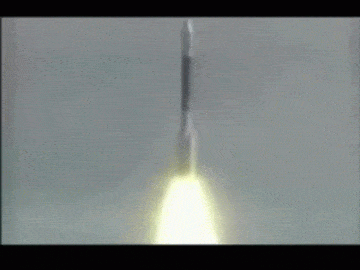 Source
Source8 - Long March 3 (1996)
China's Long March-3B rocket failed immediately after takeoff. It rolled over sharply and exploded upon crash-landing near a small town. The town was destroyed and at least 6 people were killed in the crash.
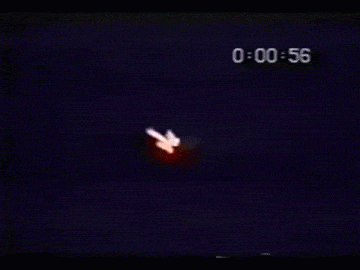 Source
Source7 - Ariane-5 (1996)
An unmanned rocket launched by the European Space Agency blew up on account of faulty software programming. An attempt to convert a 64-bit operating program (into a 16-bit program) caused a conversion malfunction that made the rocket unable to calculate its take-off orientation. The craft and its cargo were valued at half of a billion dollars.
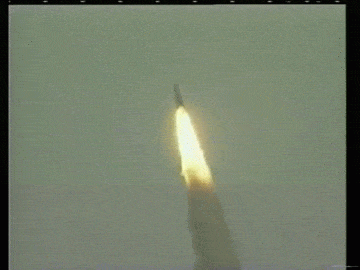 Source
Source6 - Titan IV A-20 (1998)
In one of the most expensive space disasters in history, a Titan IV A-20 rocket containing a spy satellite exploded right after take-off. The cost of the rocket and its valuable cargo were estimated at over 1 billion dollars.
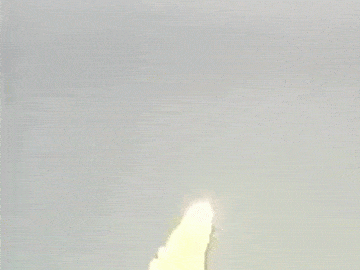 Source
Source5 - Proton-M (2013)
In the most recent rocket failure on this list, a Russian Proton-M rocket containing several navigation satellites exploded shortly after liftoff just 2 years ago. The accident caused no damage or injuries.
 Source
Source4 - Titan 34D-9 KH9-20 (1986)
Just a few months after the Challenger Disaster, a Titan rocket exploded after liftoff, destroying a 1 billion dollar satellite in the process, becoming one of the most costly NASA disasters in US history. The site was covered in toxic propellant and everyone had to be evacuated.
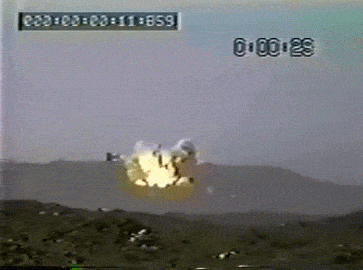 Source
Source3 - Vanguard TV3 (1957)
Although a complete failure, the Vanguard TV3 marked a huge point in the history of space exploration. It was the first attempt by the United States to launch anything into orbit around the Earth. After a 1 second flight, and about 5 feet off the ground, the rocket lost all thrust and began falling back to the ground. As sections of the rocket hit the ground, they would explode, causing massive damage to the launch pad. Nobody was injured, but it was seen as a major embarrassment to the beginning of the United States' attempts at exploring space.
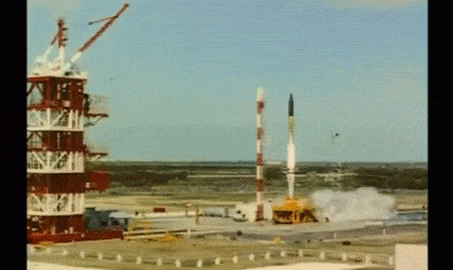 Source
Source2 - Columbia Disaster (2003)
The Columbia Disaster was one of the two most deadly space accidents in the history of NASA. During take-off, in 2003, a piece of foam (about the size of a briefcase), fell and damaged one of the wing's thermal protection system. The flight went on as planned and the astronauts were in orbit around the Earth for several weeks. During re-entry, however, the damaged wing caused excess heat buildup and the entire craft exploded, killing all 7 crew members aboard. NASA suspected there may have been damage to the ship at take-off, but decided to limit the investigation with the argument that "the crew would not have been able to fix the damage anyway". It was later decided that a rescue mission could have been performed using the Atlantis shuttle. This disaster caused all launches to be halted for over two years, and construction of the International Space Station (ISS) was put on hold.
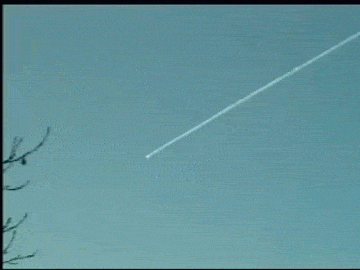 Source
Source1 - Challenger Disaster (1986)
The progress in space flight through the 60s, 70s, and early 80s gave people the impression that we would all be visiting the moon in no time. NASA had made so much progress in just a few decades, that it seemed like nothing could slow down our search for the unknown. Then Challenger happened. The launch was on the spotlight; not only watched by the entire country, but hundred of thousands of children. For the first time in history, a school teacher, Christa McAuliffe, would be flying into orbit. It is estimated that 48% of elementary-school-age children in the United States were watching on television. 73 seconds after takeoff, a faulty o-ring caused a jet of gasses to ignite the rocket's engines. The rocket separated into several pieces, and all 7 crew members were killed. An investigation showed that some of the crew might have survived the initial explosion, after it was found that several had attempted to use their emergency oxygen supply. Any who survived the explosion would have been killed on impact, however, as the crew pod hit the ocean at about 200 mph. This disaster forever changed the way we look at space exploration and has significantly slowed down our push towards the skies. Although tragic, these accidents have helped us to realize the dangers of space travel, and have caused the creation of countless safety procedures and features, to help protect the astronauts of the future.
 Source
Source
NathanHutchcraft
Nathan Hutchcraft is the creator and co-host of the YouTube web series, NathanAndRose. He also writes for several online sources, as well as having a nearly insatiable love for jalapeno pizza.



